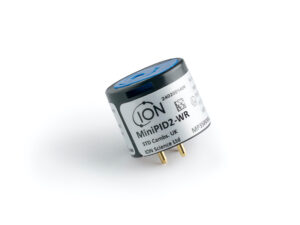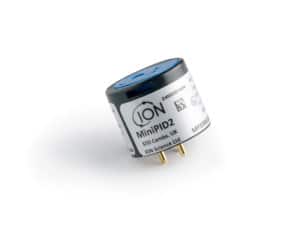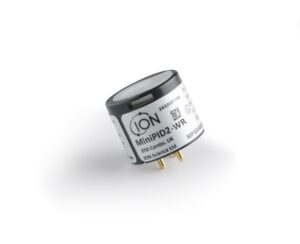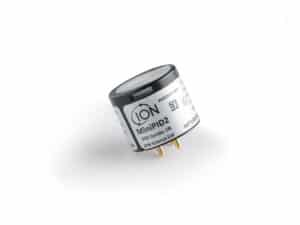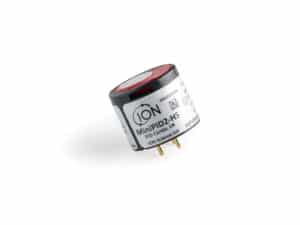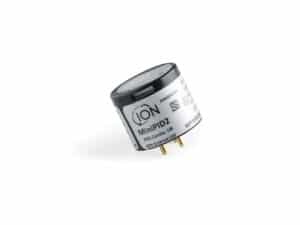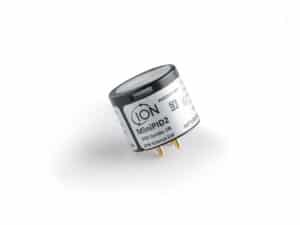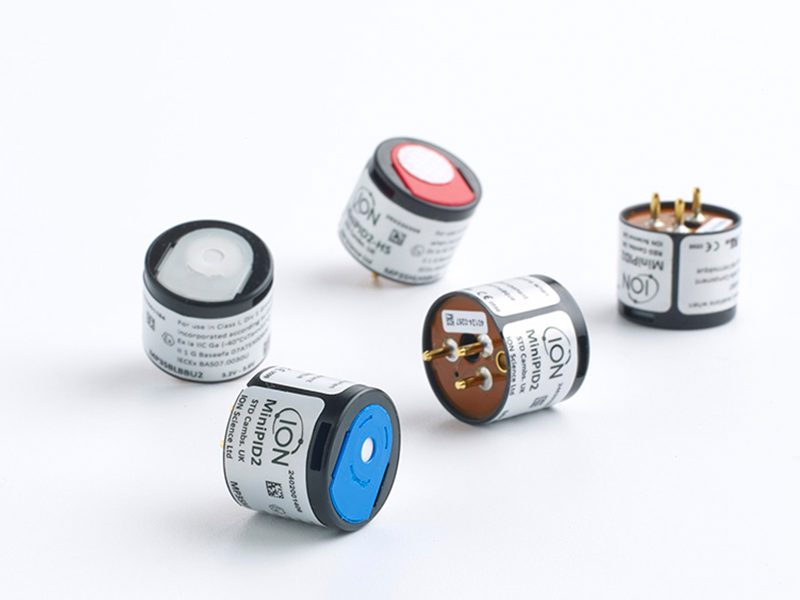
ION Science, leading innovator in Photoionisation Detection (PID) sensing technology, is thrilled to announce they will be showcasing their PID and PM sensor portfolios at Sensors Converge 2024

Equipping the right kind of sensor is essential to ensure your business remains compliant, safe, and certified. Our MiniPID sensor variants offer patented fence electrode technology, eliminating false positives and delivering reliable results. With seven different types of sensors, ION Science’s sensor range is suitable for a variety of applications and industries.
Our OEM gas sensor portfolio is capable of detecting extremely low levels of volatile organic compound (VOC) gases, to be used alone or for successful integration into products. The MiniPID 2 PPB XF VOC is our latest sensor in the MiniPID line. This innovative sensor offers enhanced reliability and performance with minimal maintenance by utilizing Dutch Weave Technology. Paired with an integration
PCB, this sensor offers effortless integration, featuring 4-20 mA input and output, Modbus RS485 communication, and customizable relay switching. The integration PCB can be tailored using a bespoke SDK MS Windows application. These features streamline integration, leading to quicker time-to-market and reduced R&D costs for customers.
“The designers of Gas Detection Instrumentation, Systems and Process Control Equipment will already know ION Science as a manufacturer of the market’s best PID sensors. However, they will be delighted to learn that the Next-PM high-performance Particulate Matter sensor, is now also available and will feature prominently on our stand”.
“When customers integrate our sensors into their equipment, they know that having ‘ION inside’ enhances both their performance capability and reliability which builds trust in their brand.”
Peter continues:
“We encourage anyone with an interest in developing a monitoring solution for VOCs, to view the gas response table. This document includes the response factors for over 900+ VOCs, as well as a small number of inorganic gases such as hydrogen sulphide, so it’s really helpful in deciding which PID variant is most appropriate to the OEM application or need.”

The High-Sensitivity gas sensor is ideal for sub-PPB level detection. It’s 15 times more sensitive than our PPB gas sensor and capable of detecting trace levels of volatile organic compounds (VOCs) over a long period, making it ideal for indoor air quality monitoring applications. The MiniPID 2 10.0eV gas sensor is used for enhanced selectivity of compounds with lower ionization energies, measuring ambient levels of aromatic compounds including benzene. The MiniPID 2 11.7eV gas sensor is the only one of its kind on the market, extending the range of detectable compounds to include chlorocarbons, unsaturated fluorocarbons, formaldehyde, ethylene, and methanol. It’s virtually insensitive to humidity changes, providing unparalleled performance in a variety of applications.
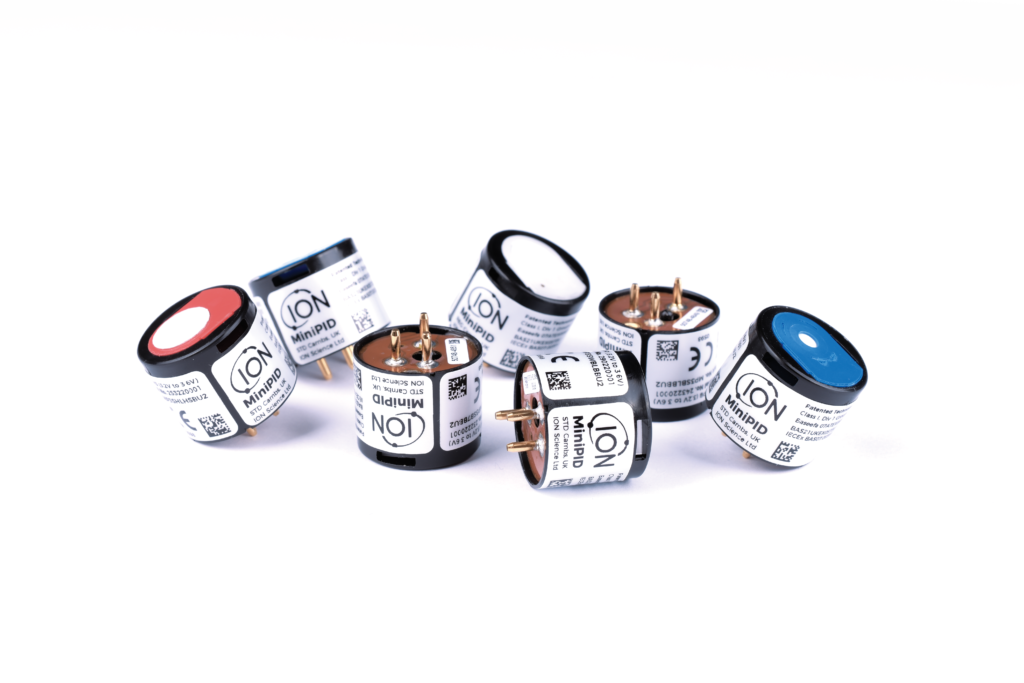
Using innovative sensing technologies, MiniPID sensors and NextPM particulate sensors, is an effective way to monitor air quality and emissions to safeguard human and environmental health.
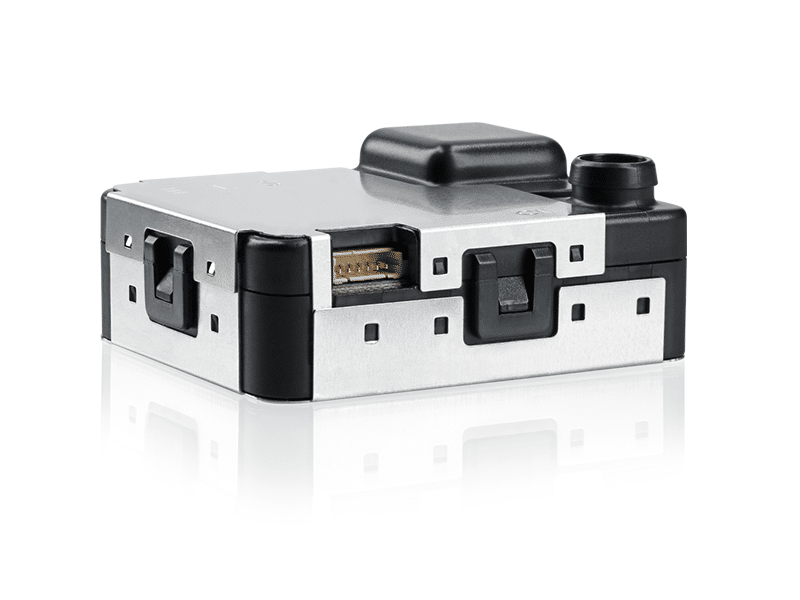
Enquire Today
Please complete the form below and a member of our team will contact you shortly.




